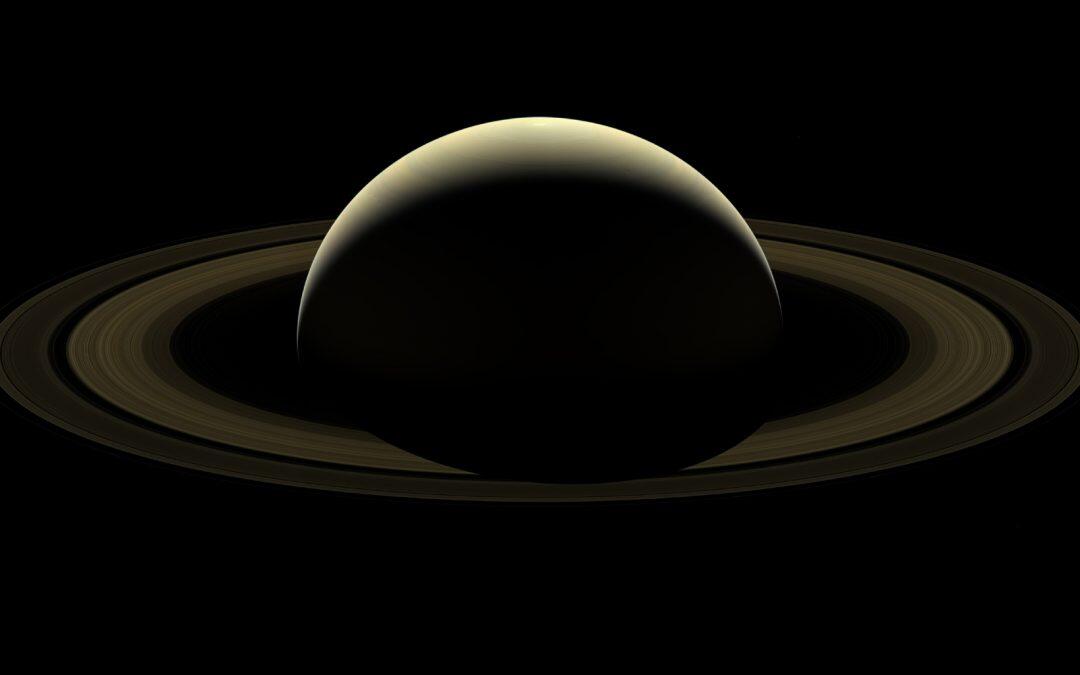Two days before its final plunge into Saturn, the Cassini spacecraft turned its camera toward the ringed world to take a series of images for a colour mosaic, capturing a last evocative close-up until a new mission reaches the planet.
Scientists assembled the natural colour mosaic from 42 wide-angle snapshots taken Sept. 13 by Cassini’s camera. The NASA-built spacecraft, developed in partnership with the European Space Agency, dived into Saturn’s atmosphere Sept. 15 to end a nearly 20-year mission.
The probe was running low on fuel, and NASA officials wanted to make sure they did not lose control of the spacecraft before the mission ended.
Cassini took nearly a half-million images during its mission, which included more than 13 years in orbit around Saturn, a tour that repeatedly took the probe by the moons Titan and Enceladus, two places scientists are eager to send another spacecraft in the search for microbial life.
“It was all too easy to get used to receiving new images from the Saturn system on a daily basis, seeing new sights, watching things change,” said Elizabeth Turtle, an imaging team associate at the Johns Hopkins University Applied Physics Laboratory in Laurel, Maryland. “It was hard to say goodbye, but how lucky we were to be able to see it all through Cassini’s eyes!”
“For 37 years, Voyager 1’s last view of Saturn has been, for me, one of the most evocative images ever taken in the exploration of the solar system,” said Carolyn Porco, former Voyager imaging team member and Cassini’s imaging team leader at the Space Science Institute in Boulder, Colorado. “In a similar vein, this ‘Farewell to Saturn’ will forevermore serve as a reminder of the dramatic conclusion to that wondrous time humankind spent in intimate study of our Sun’s most iconic planetary system.”
With Cassini’s end, there are no more spacecraft operating at Saturn, and no new missions to the planet have been approved. But NASA is currently considering proposals for a future probe to explore Enceladus or Titan that could launch around 2025.
The moons Prometheus, Pandora, Janus, Epimetheus, Mimas and Enceladus make an appearance in Cassini’s final Saturn mosaic, along with the planet’s famous rings and several background stars.
A brightened version of the mosaic better shows the moons.
Source: http://bit.ly/2A87cDQ











